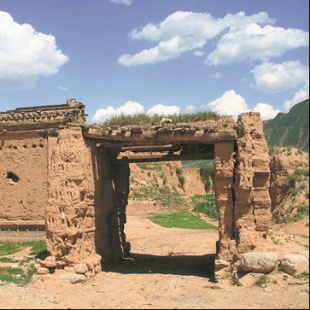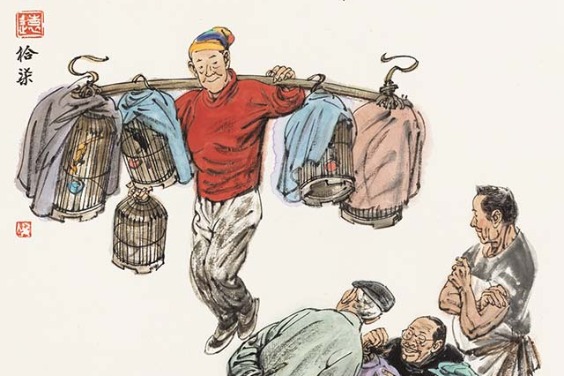Fortifying history, beyond bulwarks


Amateur archaeologists work to record a vanishing constellation of Great Wall forts in a county in Hebei as it undergoes rapid urbanization, Wang Qian reports.
The Great Wall's very name heralds its vastness and its function as a barrier — but zoom in closer on the details, and you'll see there's more to the Wall than, well, just its walls. Amateur archaeologist Cheng Changjin has spent 12 years making over 70 trips to Yuxian county in Zhangjiakou. The over 3,000-square-kilometer county in North China's Hebei province hosts a cluster of Great Wall fortresses built during the Ming Dynasty (1368-1644).
"The county's 796 villages contain 417 castles or forts that still stand, or at least partially remain as ruins. More than 60 others are totally gone," says Cheng, 62.
He adds that rapid urbanization is causing these forts and castles, which are a bedrock of Chinese culture, to vanish from the countryside. And the traditions and history on which they're built are consequently disappearing, too.
"This number of forts and castles is unparalleled in any other county-level region in China," he says.
To preserve them, Cheng and his friends Shang Heng and Guan Qi have visited all the villages in the county. They have snapped more than 1,200 photos and written over 1.5 million Chinese characters to portray a vivid portrait of Yuxian. These records have turned into an eight-volume book that delves into the county's history, architecture and legends.
"Since the past decade has marked Yuxian's period of rapid development, some heritage and relics documented in the book are now gone forever," says Peking University archaeology professor Qi Dongfang.
"As a reader, I am glad they have made their last record in this book."
For Cheng's squad, it is a race against time. Yet they still face many regrets in their field investigations. Cheng explains that the history of some villages has been lost with the passing of the elderly. Some ancient buildings have been renovated and have lost their original appeal. And some murals have been destroyed or stolen due to a lack of effective protection.
"As an amateur archaeologist, I can only make every effort to try to visit every corner of the county to retrace its history as often as I can," Cheng says.
He adds that the book is just a starting point to explore the stories and history of Yuxian.
Shang says that he believes archaeological research always leaves room for regret. Yet, it is this very regret that serves as the driving force for further explorations.
As the late architect Luo Zhewen said: "In the East of the world, there is a miracle of mankind, which is the Great Wall. At the foot of the Great Wall, there is another miracle, that is, the ancient castle in Yuxian county."





































